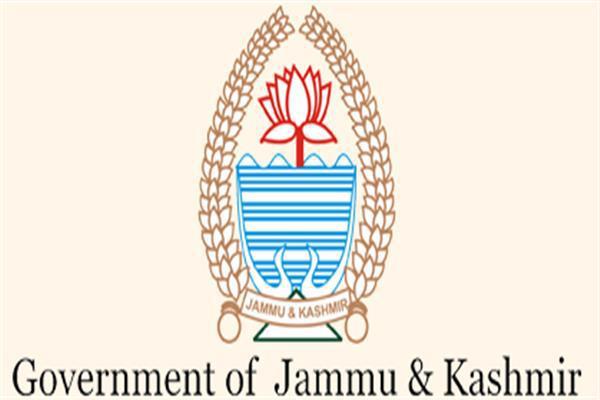SRINAGAR: Under ‘One Beat Guard One Village’ programme, J&K Government will take 1500 villages for greening of lands outside forests in 2022-23 by providing free saplings, seeds balls and grass slips to Village Panchayats for planting on village common land, kahcharai and other wastelands.
‘One Beat Guard One Village’ is low-cost innovative method of greening with the involvement of all the stakeholders especially Panchayats, BMCs, JFMs, NGOs and other social and government institutions and departments. The programme also takes involvement of local communities and their local governing institutions to envisage and cover villages under low-cost greening interventions.
One Beat Guard is responsible to achieve the desired and well-planned goal which shall cover one revenue village in achieving objectives of greening that area and operations shall be carried out with the collaboration and coordination of respective Village Panchayats/BMCs etc, who will monitor same for next 3 to 5 years.
In a recent review meeting of Forest Department, the Lt Governor appreciated the new initiative of ‘One Beat Guard-One Village’. He said that the initiative will go a long way in increasing the green cover and support the Jal Shakti Abhiyan on ‘Catch the Rain: Where it Falls, When it Falls’.
On the development of Urban Green Spaces by the Forest Department, the Lt Governor said that the initiative involving stakeholders like Urban Local Bodies other line Departments, Educational Institutions, NGOs and civil society will contribute significantly towards reducing air and noise pollution in urban areas.
Under this initiative, Govt is working on a well-planned green future for J&K with low-cost greening methods for the greening of non-forest areas. The raising of trees and grasses is facilitated on the community lands by the local communities for their benefit.
The initiative can also meet the needs of the people for small timber, fuelwood and grasses from non-forest lands besides reducing the pressure on the Forests on account of grazing by increasing the production of the grass & fodder outside the forest area.
The initiative also aims to promote Agroforestry- land use management system in which trees or shrubs are grown around or among crops or pastureland.
Any Nation’s strength predominantly rests in its natural resources. India ranks among the top twelve mega-diverse countries in the world. Jammu and Kashmir harbour huge diversity in vegetation due to its geographic and altitudinal variation. It also has the highest diversity of herbs in the country.
According to the official figures of India State of Forest Report (ISFR) 2021, a biennial Publication of Forest Survey of India (FSI), an organization under the Ministry of Environment, Forest & Climate Change, J&K has the highest carbon stock per unit of forest area in the country.
According to officials of the forest department, 73.16 lakh plants were planted in 2019-20, 101.98 lakh plants planted in 2020-21 and 137.20 lakh plants planted in 2021-22. J&K holds the most diverse forests in the country with 42 types of forests, denoting the diversity of forest ecosystems in the UT, and tops the list in terms of standing timber volume per unit area at 144.16 cubic meters. Forest cover has increased by 20 percent during the last year. As per the report, in the year 2019, the total forest area in J&K was 10.46 percent which has increased to 39.66 percent in the year 2020.
In 2021, The Forest Deptt covered 1000 villages under the program in all districts of J&K. Each territorial Forest Division adopted 35 revenue villages for planting material worth Rs 0.01 lakh, which include 600 saplings and 2000 seed balls including 1000 seed balls of


